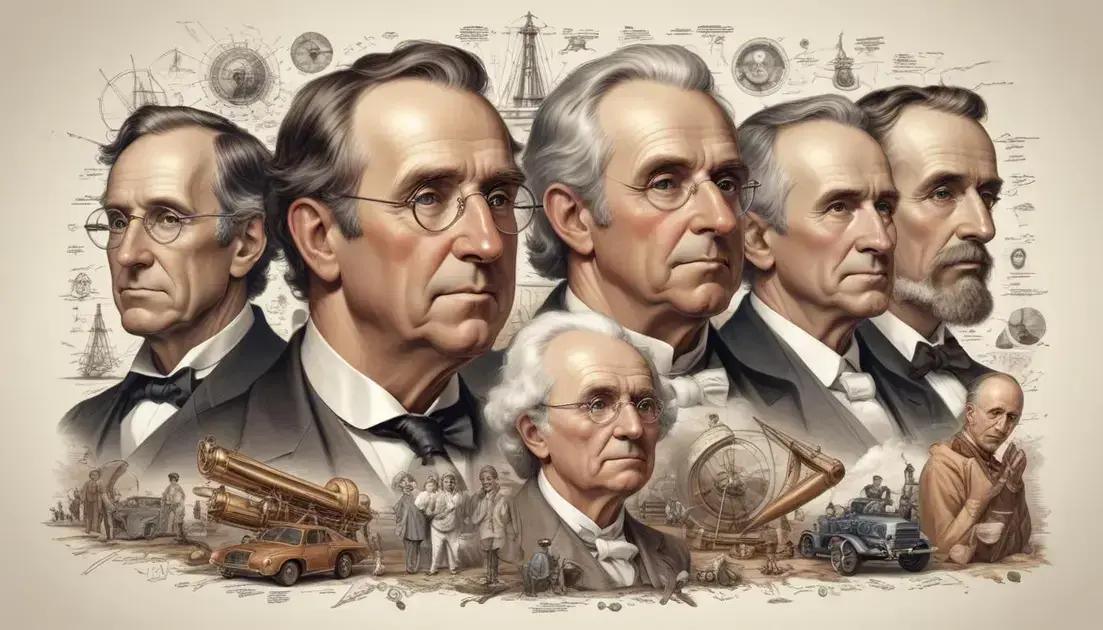
Suez Canal: The Cut That Shortened the World
The Suez Canal is a vital waterway that connects the Mediterranean Sea to the Red Sea, enhancing global trade by shortening shipping routes. It significantly impacts economies, as it handles about 12% of international trade. Modern technologies improve navigation and safety while addressing environmental concerns. Ongoing development ensures the canal remains crucial for future trade, illustrating its historical importance and contemporary relevance in international commerce.
Did you know that the Suez Canal has dramatically changed global trade? Join me as we explore its historical importance and ongoing impact!
Introduction
The Suez Canal is an incredible engineering feat that links the Mediterranean Sea and the Red Sea. This waterway has changed how goods move around the world. Today, it allows ships to travel between Europe and Asia much faster. Before its opening, ships had to sail all the way around Africa to make this trip.
The Importance of the Suez Canal
For many years, the Suez Canal has been a vital route for international trade. It cuts down travel time and shipping costs for companies. Every year, millions of tons of cargo pass through this canal. It’s a lifeline for global commerce that boosts economies everywhere.
How Ships Use the Canal
Ships entering the Suez Canal follow strict rules for safe passage. They usually travel in groups, known as convoys, which helps manage traffic and ensures safety. Navigation aids like beacons and buoys help guide vessels through the waters. This system has improved shipping safety over the years.
The Historical Significance of the Suez Canal
The Suez Canal opened in 1869 and changed global trade forever. It provided a shortcut between Europe and Asia. Before this, ships had to travel around Africa. This took a lot of time and money.
The canal’s construction was a big deal. It took ten years to build and involved thousands of workers. Many faced tough conditions, but their efforts made this project successful.
Since its opening, the Suez Canal has played a key role in history. It allowed countries to trade more easily. Goods could move quickly from one side of the world to the other. This helped boost economies everywhere.
Over the years, the canal has witnessed many historical events. It has been part of various conflicts and treaties. Control over the canal has been important for many nations. Keeping it open has been vital for international trade.
Economic Impact on Global Trade
The Suez Canal has a huge economic impact on global trade. It saves time and money for shipping companies. By cutting through Egypt, ships can avoid long trips around Africa.
This canal handles about 12% of all global trade. That’s a big number! Goods like oil, grains, and electronics pass through daily. This makes the canal essential for businesses worldwide.
Shipping times drop by days when using the Suez Canal. Shorter travel means fresher products and lower shipping costs. Companies can offer better prices because of these savings.
Countries that rely on the Suez Canal benefit significantly. They gain revenue from tolls paid by ships using the canal. This revenue supports local economies and infrastructure.
The canal also encourages international trade relationships. Countries can easily exchange products, strengthening their ties. The Suez Canal is more than just a waterway; it’s a vital part of our global economy.
Navigational Challenges
Navigating the Suez Canal isn’t always easy. Ships face various challenges while passing through this busy waterway. One of the main challenges is the width of the canal. At some points, it’s narrow, which makes passing ships tricky.
Another issue is the weather. Strong winds and thick fog can reduce visibility. This can make navigation risky for ships. Pilots need to stay alert and adjust their routes based on changing conditions.
Traffic is also a significant challenge. Many vessels travel through the Suez Canal every day. This can lead to congestion, which requires careful planning to avoid accidents. Convoys of ships often travel together to manage the flow.
Other factors to consider include shifting sands and underwater features. These can change over time, requiring constant monitoring. Pilots use advanced technology to help navigate these challenges safely.
Modern Developments
Modern developments in the Suez Canal have made it even more important for global trade. New technology is being used to improve navigation and safety. For example, advanced radar systems help pilots avoid collisions and navigate tricky waters.
Additionally, upgrades to the canal’s infrastructure are ongoing. Dredging operations keep the canal deep, allowing larger ships to pass through. This is crucial because larger vessels can carry more goods, which boosts trade efficiency.
Innovative practices, like using AI and big data, are also on the rise. These technologies help predict traffic patterns and manage logistics effectively. This means ships can move more smoothly through the canal.
Moreover, the canal’s management is focused on environmental sustainability. Efforts are being made to reduce pollution and protect local wildlife. It’s important to balance trade needs with environmental care.
All these modern developments ensure the Suez Canal remains a vital route in the ever-changing world of international trade.
Conclusion
The Suez Canal remains a vital link in global trade. It’s more than just a waterway; it connects people and countries. With modern developments and technology, it’s ready for the future.
These advancements ensure ships can navigate safely and efficiently. Improvements help keep the canal busy and important for international markets. As trade grows, so will the significance of the Suez Canal.
Efforts to stay environmentally friendly also matter. Protecting the canal and its surroundings is important for everyone. This balance supports trade while caring for our planet.
The story of the Suez Canal is ongoing. Its history and future show the power of trade in a connected world.
Conclusion
In conclusion, the Suez Canal is a crucial player in global trade. It connects continents, making commerce more efficient. The canal’s modern developments continue to enhance its significance in a busy world.
By using advanced technology and focusing on safety, the Suez Canal meets the demands of today’s shipping needs. It keeps trade flowing smoothly and supports economies worldwide.
Environmental efforts are also key. Caring for the canal and its surroundings shows responsibility for our planet. This balance between trade and nature is essential for future generations.
The story of the Suez Canal is far from over. Its impact on global trade and relationships between nations will only grow. Embracing these changes ensures the canal remains a vital link in our interconnected world.


